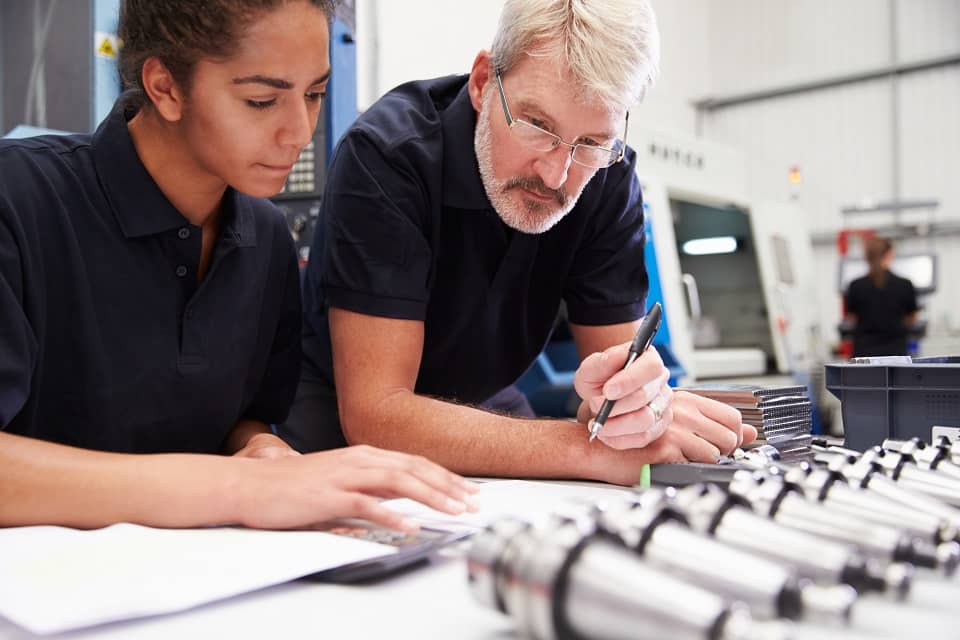Prototypes are an essential part of the product development cycle.
No one tests prototypes for fun. A prototype is a study to solve a problem, identify a need, or generally understand how a product should work. You start prototyping when you want to build or improve something.
The real challenge comes when you want to know if it works. Efficiency testing is how you find out how well the prototype functions. It is how you determine the build quality and usability.
Let’s examine the most critical steps to prototype design testing. Read on to find out more.
Gather Necessary Materials
Testing materials may include items such as a computer and software. Recording equipment and a script for the user to follow are also necessary. Additionally, the environment for testing must take into account.
Materials such as a table, lighting, sound, and privacy control are also needed. Visit motionsolutions.com for more information about prototyping and other engineering services.
Assessing Product Performance
Depending on the specific product, testing techniques may vary. The prototype needs assessment against physical, ergonomic, emotional, and environmental criteria. Physical testing is an inspection that covers all factors of the product’s performance.
Ergonomic testing should examine how comfortable a product is. Emotional testing evaluates how a product elicits a positive emotional response. Environmental testing measures a product’s compatibility with its intended environment.
Testing should also include a comparison test. This is where prototype performance is compared to existing products.
Exploring Usability and Functionality
Usability testing is necessary to identify any areas where refinements are in need. Functionality testing requires interactions with the prototype. This is to ensure that all programmed features are functioning as intended.
In some cases, the system should also be tested for load performance. This is to see how it behaves under high-traffic scenarios.
Measuring Efficiency of Prototype Design
The product design should first be operationalized with relevant input, output, and timeline parameters. It should then be tested using a survey or other data-gathering strategy. The test measures the performance of the design in relation to input and output objectives.
The testing should include acquiring feedback from users and stakeholders about the efficiency of the design. Monitoring statistical measures and observing the results of user engagement should also be conducted. These data are examined to determine if efficiency requirements are met.
Collecting and Analyzing Results
After the testing is complete, it is important to collect and analyze the results to gain insights from the testing process. It will help determine if the prototype is efficient in meeting the intended objectives.
Depending on the results, changes may be needed to the prototype. Overall, the testing of a prototype design should be carefully documented.
Benefits of Testing a Prototype Design
Testing the efficiency of a prototype design allows designers to assess if their product will meet the needs of their customers. With the best design possible, a designer can increase the chances of earning the approval of users and entrepreneurs.
Conducting tests can prove to be very helpful to a designer and should be a necessary part of the design process. Start testing your prototype design today to create an improved product that others can enjoy!
Did this article help you? If so, take a look at some of our other blog posts for more informative reads.

